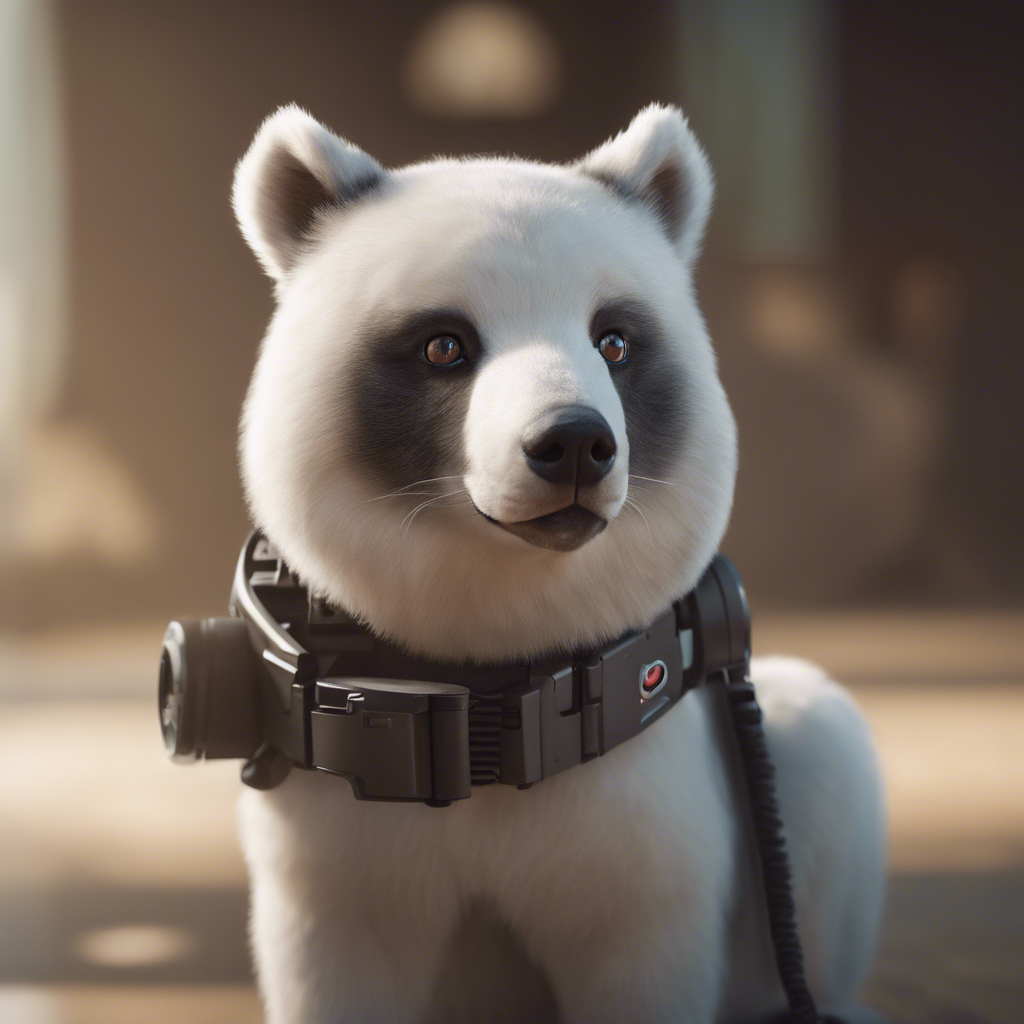Unveiling the World of Animal Communication with Artificial Intelligence in 2024.
- Karan Hiranandani

- Aug 2, 2024
- 5 min read
In recent years, the realm of technology has made remarkable strides in bridging the communication gap between humans and animals using Artificial Intelligence (AI). This innovative integration of AI in deciphering and facilitating conversations with our furry and feathery friends is revolutionizing the way we interact with the animal kingdom.
“I had noticed from years back that when an elephant gave a contact rumble, within a group of elephants I would see one individual lift its head, listen and give an answer,” says Joyce Poole.

Joyce Hatheway Poole (born 1 May 1956) is a biologist, ethologist, conservationist, and co-founder/scientific director of ElephantVoices. She is an internationally recognized expert on elephant reproductive, communicative, and cognitive behaviour.
Having worked as a postdoctoral research fellow at Princeton University, Poole also served as the head of the Elephant Program at Kenya Wildlife Service and as the Scientific Director of ElephantVoices, an organization she co-founded with her husband Petter Granli in 2002. Throughout the years, Poole has been a strong advocate for elephant conservation and welfare, earning recognition through various awards such as the Smith College Medal and the Jackson Hole Wildlife Film Festival Outstanding Lifetime Achievement Award.

A groundbreaking study was recently released by Joyce Poole and Michael Pardo which revealed that African savannah elephants have distinct names for each other. By utilizing a machine learning model, they presented compelling evidence to support this finding. Although the statistical model they employed, referred to as a random forest model, has been in existence for two decades, it exemplifies how researchers in animal communication are leveraging machine learning to decipher animal vocalizations beyond what can be achieved through mere observation.
The team's software successfully predicted the identity of the individual being addressed in 25% of cases, a performance well above random chance.
After that, the researchers played certain rumbles to pairs of elephants, one of them being the "named" elephant. The study revealed that the elephant with a name reacted more intensely: it approached the speaker more quickly, responded to calls faster, and produced a greater number of calls compared to the unnamed elephant.
Dolphins and various bird species have demonstrated the ability to communicate with particular individuals by mimicking the sounds produced by the animals they are addressing. Although Poole stated in 2005 that elephants are capable of imitating sounds, the study did not find any indication that the elephants were mimicking one another.
Poole suggests that they are using random sounds as names, similar to how humans do.
The analysis did not indicate whether various elephants use the same name for a particular individual. Each elephant may have its unique set of names for others.
“With us, we have formal names, but different individuals may refer to the same person with different nicknames,” says Poole. “So it may be something like that. I don’t think we know yet.”
So do animals have languages?
Communication is the transmission of information. Animals communicate through smells, pheromones, behaviours, and vocalizations. Animal languages are debated due to human perspectives on language. While animals have forms of language, they do not match the complexity of human language. Language is an advanced communication tool unique to humans. Anthropologists believe language is exclusive to humans for its role in creating and maintaining cultural beliefs, relationships, and identities.
Scientists use AI and Machine Learning Tools to study animal communication.
Our comprehension of animal communication has significantly improved in recent years, thanks in part to artificial intelligence (AI). AI enables researchers to quickly analyze vast quantities of animal call audio data, a task that would otherwise take humans decades to complete. There are numerous amount of AI tools designed for analyzing vocalizations across various species.
The results discuss additional methods in which machine learning and AI is overcoming the constraints of human observation in researching animal communication. Furthermore, it outlines an ambitious proposal for the future: the development of deep learning models to enable communication between different species.
The main question is if we can communicate with other species and how it would affect the animal kingdom?
Breaking Down Communication Barriers
Traditionally, understanding and interpreting animal language has been a daunting task, often relying on observations and guesswork. However, with the advent of AI technology, new avenues have opened up, enabling us to decode the subtle cues and signals that animals use to communicate.
Through advanced algorithms and machine learning, AI systems can now analyze vocalizations, body language, and behavior patterns of animals to discern their messages accurately compared to just mere observation. This breakthrough has not only enhanced our ability to comprehend their needs and emotions but also fostered a deeper connection with the natural world.
AI-Powered Devices in Action?
One prominent application in the future of AI playing a role in animal communication is the development of specialized devices that facilitate conversations between humans and animals. These devices, equipped with AI algorithms, can interpret the sounds and gestures of animals, providing real-time translations that offer valuable insights into their thoughts and feelings.
By wearing these AI-powered gadgets, pet owners, veterinarians, and wildlife enthusiasts can engage in meaningful dialogues with their animal companions, addressing concerns, sharing affection, and strengthening bonds on a whole new level.
Embracing the Future of Animal Welfare
The utilization of AI in understanding animal communication is not just a novel convenience but a significant leap towards enhancing animal welfare globally. By being able to comprehend their cues effectively, we can ensure better care, prompt medical assistance, and enriched environments for our animal counterparts.
AI has the potential to revolutionize conservation efforts by enabling researchers to communicate with endangered species, gather crucial data, and implement targeted conservation strategies that safeguard biodiversity and habitats.
The Ethical Considerations
While the integration of AI in animal communication brings a plethora of benefits, it also raises ethical questions regarding privacy, consent, the boundaries of human-animal relationships, and most importantly how mother nature reacts to the same. It is imperative to approach this technological advancement with sensitivity and respect for the autonomy and integrity of the animal kingdom.
As we embrace these cutting-edge tools, it is essential to remember that they should supplement, not replace, the inherent ways in which we communicate and bond with animals naturally.
A Glimpse into the Future

The fusion of AI and animal communication holds immense promise for unravelling the secrets of the natural world and fostering compassion and empathy toward all living beings. By leveraging these transformative technologies responsibly, we can embark on a journey of coexistence and understanding that transcends language barriers and celebrates the beauty of interspecies connections.
So, let us embark on this enlightening voyage, guided by the beacon of AI, as we embark on a new era of harmonious communication with our beloved animal companions.


